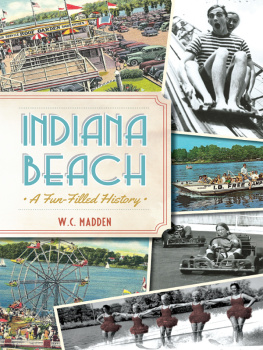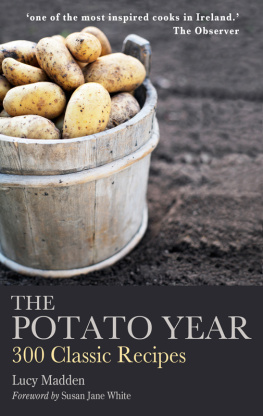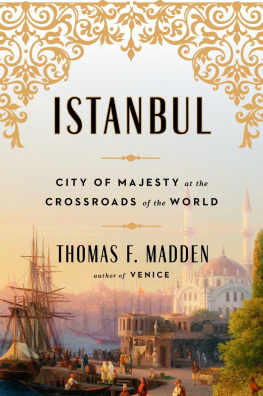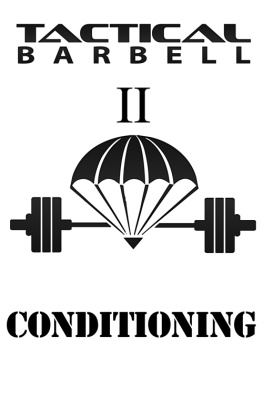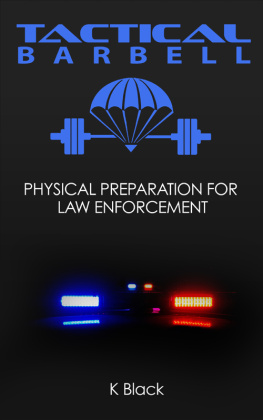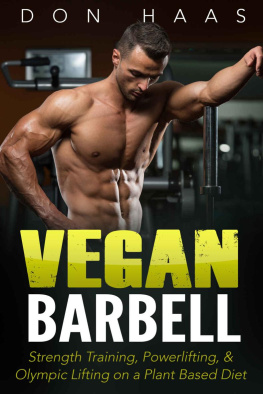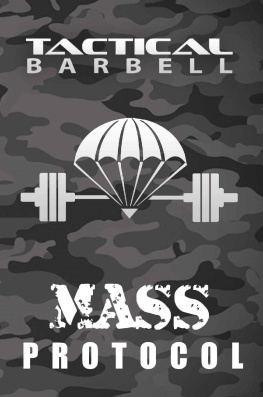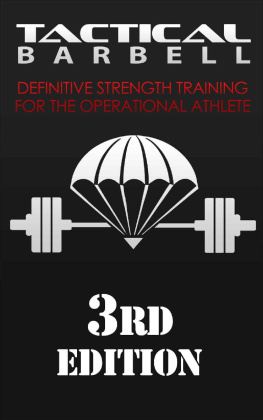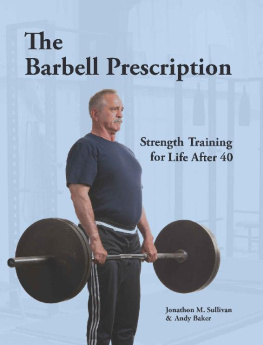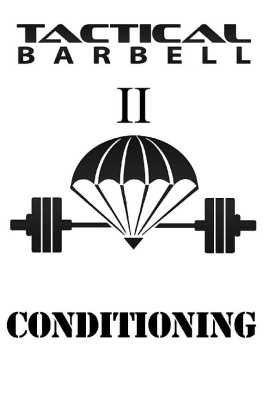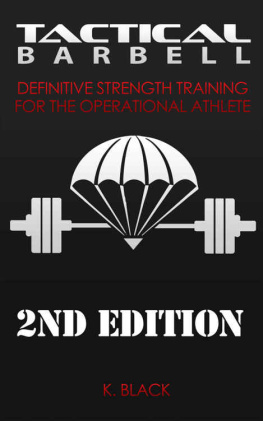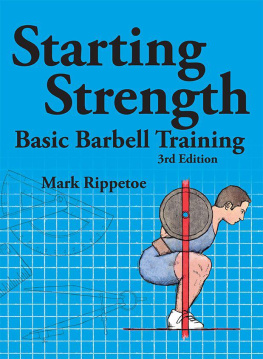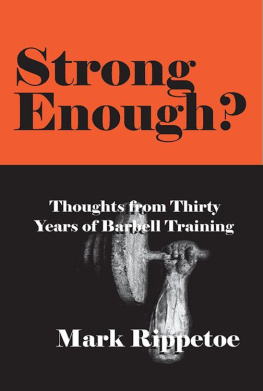Those who devote themselves exclusively to physical training turn out to be more savage than they should, while those who devote themselves to music and poetry turn out to be softer than is good for them.
Chapter 1:
Ten Years To Multidimensional Fitness
I turned thirty in 2003 with a tremendous sense of satisfaction on that birthday. I had a great marriage (and thankfully I still do), a healthy son, and a good start on my career as a professor of philosophy. I felt like I had finally arrived somewhere as a bona fide husband, father, and professional. My twenties had been a whirlwind: college, graduate school, and moving around the United States as my wife and I started our careers. In the end, it had all worked out, and we had landed firmly on the ground. Suffice it to say, I had much to be happy about at the close of my third decade on earth.
There was, nevertheless, an eight-hundred-pound gorilla I had been ignoring. In fact, you could say that it was more like a three-hundred-pound gorilla, and the ape was me! I stand only 58, but at the time I probably weighed over three hundred pounds. Im sure that I dont need to inform anyone that, whatever you think of the standard BMI scale, that height-to-weight ratio is bad news. I say probably three hundred pounds because I just didnt have the guts to step on a scale and face the humiliating truth. I could dodge the scale, but I could not ignore the mirror: I had arrived at my thirtieth birthday very fat. I resolved at that point in my life to change that fact. With the really important things (family and career) progressing with good momentum, it was time for me to work on the obvious problem I had been ignoring. My self-imposed ignorance had to end.
Up to a certain point, it was actually pretty easy to deceive myself about my obesity. Like a lot of American kids, I started playing organized sports when I was in primary school with baseball and basketball. I struggled at those sorts of sports (and I still cant make a basket to save my life). All that changed when in middle school I was introduced to football and wrestling, which rewarded brute strength. The summer before seventh grade I started lifting weights, and by the time I was a freshman in high school I weighed 200lbs and could bench press 275lbs. Brute strength and size were reaping great dividends for me both on the field and socially. I started to identify myself as a big strong guy. As I mentioned above, Im pretty short, but I did go on to play NCAA Division III college football. I kept getting bigger and stronger, and at that level I did pretty well (I started for three seasons and was captain of my team). By the time I finished playing in college I was a solid 250-pound fireplug.
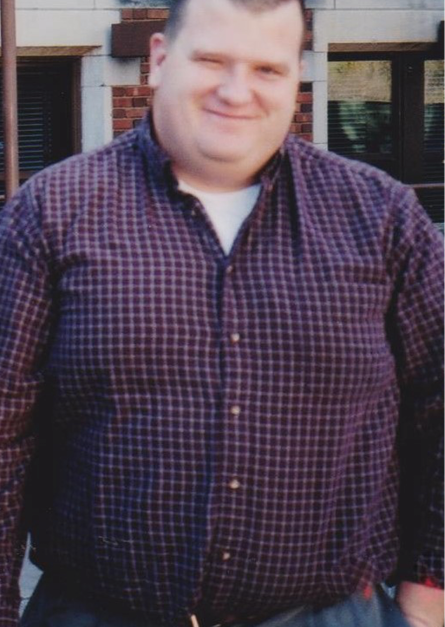
Jim Madden on his thirtieth birthday.
Football gave me a lot, but it also took a lot from me. I suppose that is true for most guys who play that sport. It was fun, but by the time I was twenty-two years old I was an orthopedic mess. I had multiple stress fractures in my fifth lumbar vertebrae that gave me a lot pain, and I generally felt like an old man. When I finished playing, I never wanted to do another gasser again, and I went off to graduate school with single-minded determination for my field of study. That is all well and good, but when you are used to eating (and drinking beer!) like a guy who pumps iron every morning and then runs wind sprints and knocks heads at practice every night, the pounds will really pack on in a hurry when those activities cease. I didnt really notice. I was a big strong guy, right? I had been rewarded for getting ever bigger for my entire adolescence and early adulthood. Without knowing it (or at least admitting it), the big strong guy was becoming the big fat guy.
I competed in powerlifting in high school, and about midway through my Ph.D. studies I took up the sport again. This was not because I felt the need to get into shape. I just missed competition, and the only sort of sport I could envision myself excelling in was something that rewarded brute strength. I remember telling someone at that time that I compete in powerlifting because Im only good at sports that involve picking up heavy objects or colliding with other men who are good at picking up heavy objects. I wasnt world class, but I got pretty strong using mainly Westside Barbell methods. In competition, I squatted 660lbs and bench pressed 425lbs. In the gym I hit 700lbs and 450 respectively. My deadlift really struggled relative to those lifts, 550lbs. (More on that below.) As my life got more demanding with the transition from graduate school and the arrival of our first baby, powerlifting got put on the back-burner.
Naturally when I decided on my thirtieth birthday that it was time to address my obesity, I saw the problem through the lens of my prior training experience. I had been training for fifteen years almost entirely to get bigger and stronger. Strength and mass were my prime ends. Certainly, playing football required conditioninglots of it. Notice, however, that my conditioning for football was almost entirely sprinting and high intensity calisthenics (think lots of burpees). We did almost nothing in the way of classic aerobic conditioning. In fact, linemen like me were mostly told to avoid distance running because that sort of thing supposedly would make you skinny and weak. I remember my senior year in college trying to go out for a two-mile jog and nearly dying! As a short offensive lineman, my strength was my only advantage, so that was my prime focus. Conditioning was a box that had to be checked (minimally) but only through a single modality (sprinting). When I took up powerlifting, I doubled-down on this emphasis.
Thus, for me getting back into shape meant a return to max effort good mornings, twenty-rep squat cycles, and the like. My conditioning approach was exclusively sprints, and even that was done too sparingly. I made some progress, but sooner or later my back always gave out or I would pull a hamstring, which would put me out of commission for six weeks. Everything was one step forward, two steps back. The obvious problem was that I had a one-dimensional approach to fitness. I mistook being fit with simply being strong. Moreover, I had identified myself as being a big strong guy, so the idea of having to give that up was psychologically untenable. I was operating with bad either/or thinking: I thought that I had to decide between being either weak and pathetic or a breathy powerlifter. This myopic approach was not only preventing me from making progress but had me stuck on a vicious treadmill of injury and frustration. I was just too heavy, and I lacked the background endurance capacity to push hard in my anaerobic conditioning without burnout and injury.
Things changed in 2006 when I discovered kettlebells. The game-changer was not the kettlebell per se . There are advantages to that tool (I love them and I have been using them in my training for ten years now), but there is no deep magic emanating from a cannonball with a handle. The key ingredient for me was the style of programing typically associated with kettlebells. Take, for example, Pavel Tsatsoulines programs. You get a recommendation to do short, heavy, high frequency strength training sessions, with a mind to gaining strength without mass while optimizing recovery. Conditioning is likewise done in smaller and frequent bursts designed to get results while leaving a lot in your tank for other activities.
After playing around with kettlebells mostly haphazardly for a few months, I set to work on achieving Pavels Rite of Passage standards: 200 hundred snatches with a 24KG kettlebell in ten minutes and pressing The Beast (48KG kettlebell). I made sensible dietary changes; as I put it now, I quit eating like I had a death wish. I also started doing some light jogging on my off days to help with my lungs for the grueling snatches. By the summer of 2007 I had swung, snatched, pressed, and jogged my way to passing the Rite of Passage and losing over eighty pounds along the way. For the first time since I was a teenager, I weighed less than 220lbs. A year earlier I would not have thought that possible. Moreover, for the first time in over a decade injury and pain were not a regular part of my life because of problems I was having in my training.


